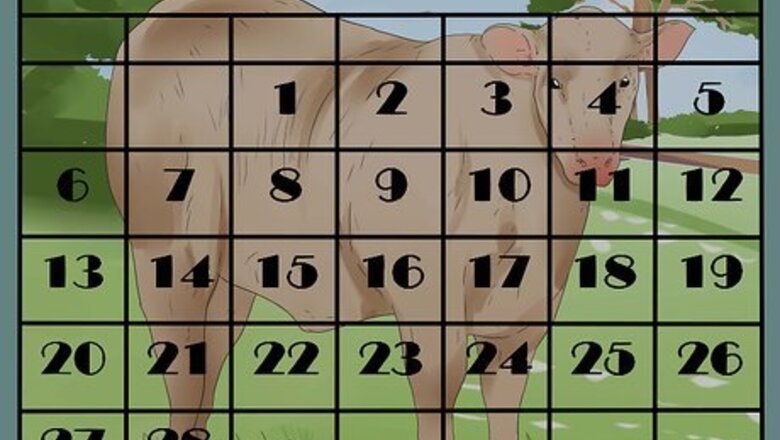
views
PLEASE remember these two important terms when reading about heifers and cows below:
Heifers are female bovines that have not had a calf. A heifer will no longer be a heifer after she has had her second calf where she becomes a Cow: a female MATURE bovine that has had two calves. Heifers remain heifers from the day they are born until they have had their second calf.
Breeding Heifers
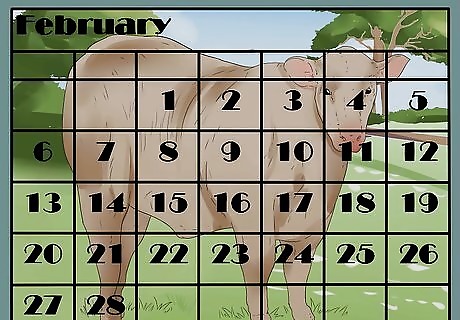
Depending on the breed of the heifer, most heifers will start to show the first signs of heat when they are between 9 and 22 months of age. The rate of sexual maturity or puberty is determinate of genes and breeding. The rate of maturity, being carcass maturity, is not directly related nor determinate of when a heifer is ready to breed. Carcass maturity is when bone and muscle growth plateau's off and fat begins to be laid down.
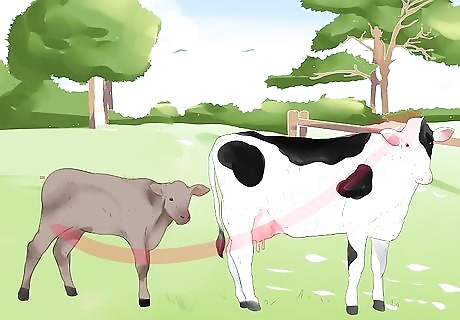
Usually it's best to wait until they are at least 15 months of age before breeding. Even though the early maturing breeds do reach puberty by the time they are around 7 to 9 months of age, it is best to wait until they are around 13 to 15 months of age before you can breed them. This is because it allows them to grow more, increase their pelvic area and gain enough condition that can allow them to sustain themselves throughout gestation. Heifers that are bred too early tend to have too small a pelvic area to calve out, so some "whoopsie" heifers need to have a C-section done on them, or have the calf pulled. This can be quite costly, as the new calf will often have to be bottle-fed to get enough milk for him. Occasionally, though, some heifers that are bred too early are able to pass and raise a calf without human interference, either at calving or during the period the calf is being raised.

The heifer must also be at least 60% to 65% of the average mature weight of the cowherd before she can be bred. This is so that she is big enough to hold and grow a calf in her while she also continues to grow.
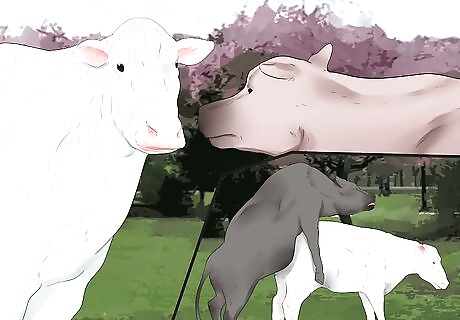
In order to successfully breed a heifer, there are two ways to go about it: Choose a bull with good (as in low) calving-ease numbers to breed her (and other heifers like her), or ... Time her estrus periods so that you can Artificially Inseminate (AI) her (or get an AI tech to do it for you). A heifer can only be successfully bred during her heat periods. It's critical in timing everything right to make AI successful for her. She must be AI'd 12 hours after you see her first signs of estrus. And remember that AI only has a 60% to 70% success rate. With use of natural insemination, the bull will know when she will stand to breed and when she isn't receptive. It is best to leave the bull in with the heifers for 60 to 80 days to make sure he services all of them. Use a yearling bull (one that is around 12 months of age) on them to reduce injury. (Note, though, that using a yearling bull may or may not decrease the size of the calves born. Most, if not all veteran producers can tell if a young bull will sire small calves simply by looking at his conformation and his EPD numbers based off the genetics and EPDs of his sire and dam.)
The Cow
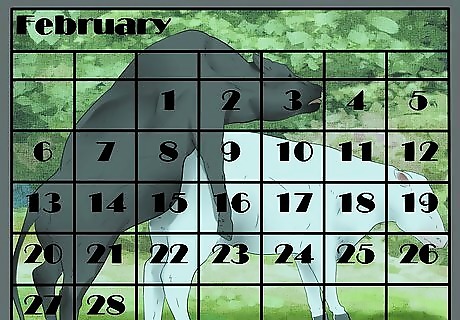
A cow should be bred back after she has had a calf. The optimum time to breed her is 45 to 60 days after she has had a calf. In order to get her to calve on the same date as the previous years, allow for 80 to 90 days of rest before getting her bred again. Typically it will take longer for her to come back into normal heat if she's in poor condition or has reduced fertility due to age, inadequate diet, or environment. The poorer her condition, or, the thinner or fatter she is, the later she will be able to breed back. See How to Judge Body Condition Scores in Cattle for more. Age and poor or undesirable conformation will also determine how soon a cow will breed back in time. The reason there is a waiting time between when the cow has given birth to when it is best to get her bred again is because it takes time for the uterus to involute or shrink back to its normal size. It also takes time for the cow's ovaries and hormonal system to get back to normal. Though a cow will show signs of heat 14 to 18 days after giving birth, her heat periods are quite unpredictable and short. This is because it takes some time for the corpus luteum to grow back to its normal state and begin to normally produce new ova again.
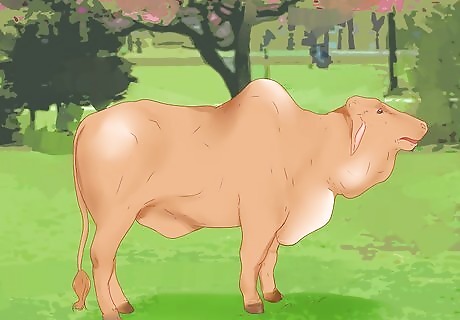
As mentioned above on Step #5 for heifers, a cow can either be bred by AI or by natural service. AI follows the same principles and rules mentioned for breeding heifers in order to have a higher success rate in getting her settled. You usually do not need a calving-ease bull with cows, certainly not like you do with heifers. However, please be cautious in what bull you select for your cows. If you are using a Continental bull on British-type cows, for instance a Charolais bull on Angus cows, that bull does need to have good or low calving ease EPDs in order to reduce risk of dystocia or calving problems in your cows. Charolais are typically notorious for causing calving problems in British-type cows, or rather throwing calves that are often larger than what a British bull on British cows usually throws. If you do not pay attention to the numbers (the EPDs or Expected Progeny Differences)of that herd sire, you will land yourself in a lot of trouble, and be very busy next calving season pulling calves. On the other hand, if you are using a British bull on British cows (and it doesn't necessarily have to be the same breed), you can still get a bit careless with calving ease and still end up with problems. All the same, watch out for those bulls that have extremely high calving ease EPDs, regardless of what breed they are or you choose. Also remember to select the bull that complements and improves your herd, not the other way around.















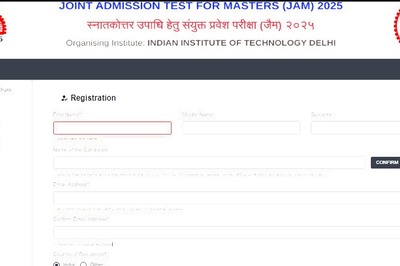

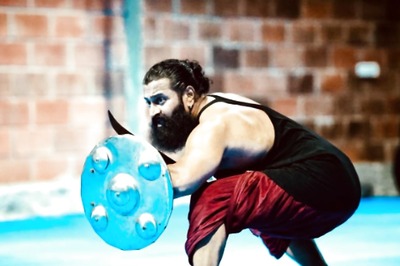
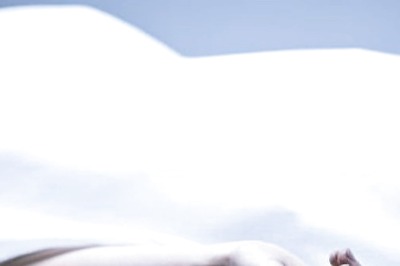
Comments
0 comment